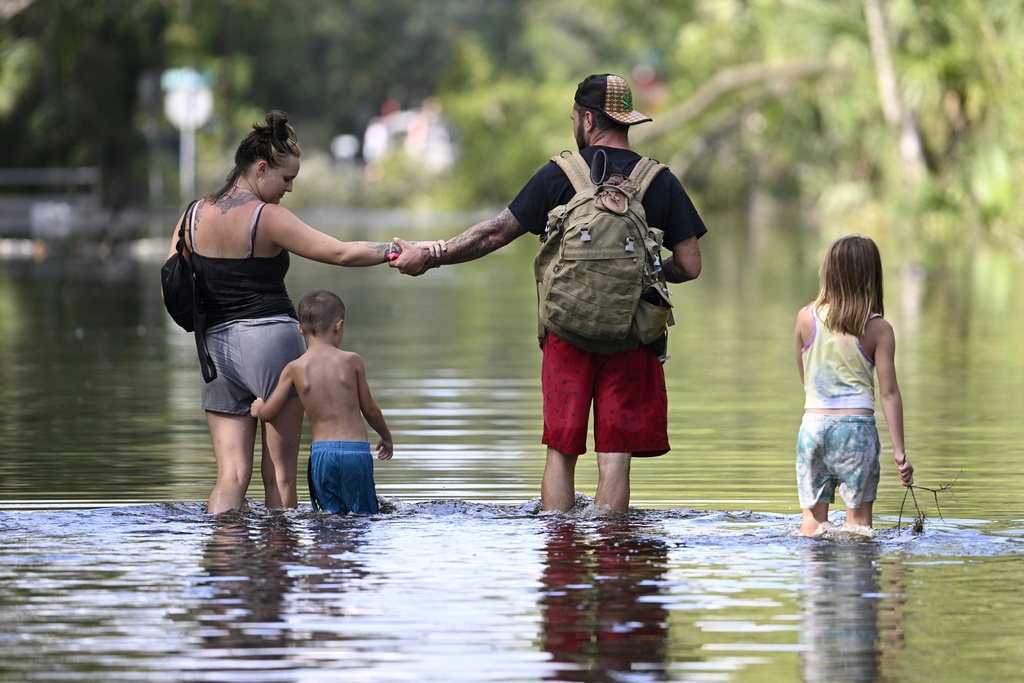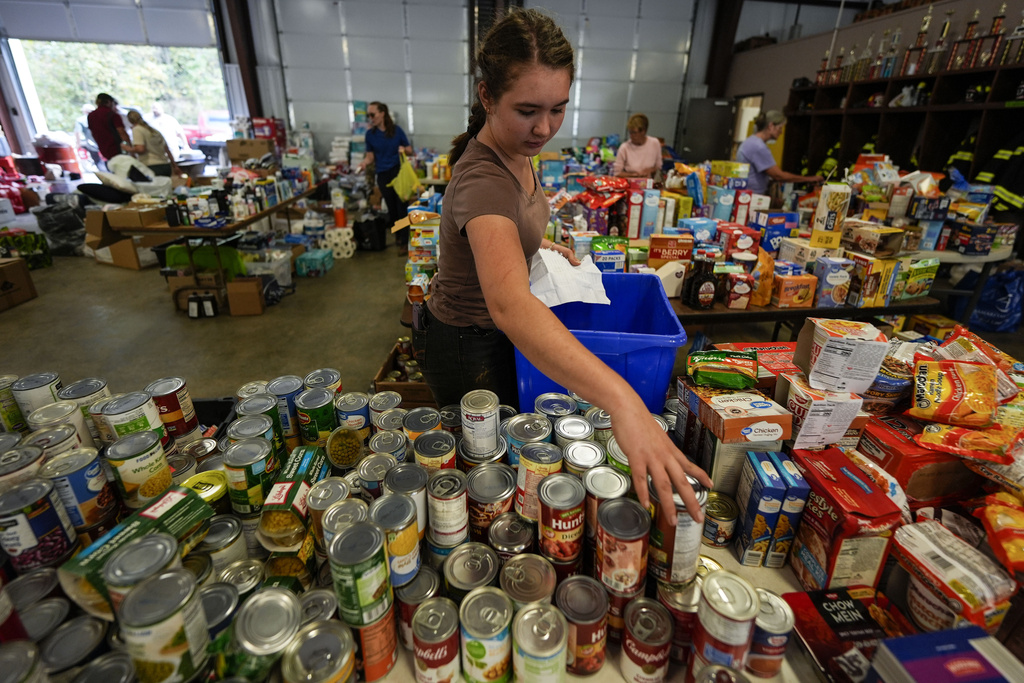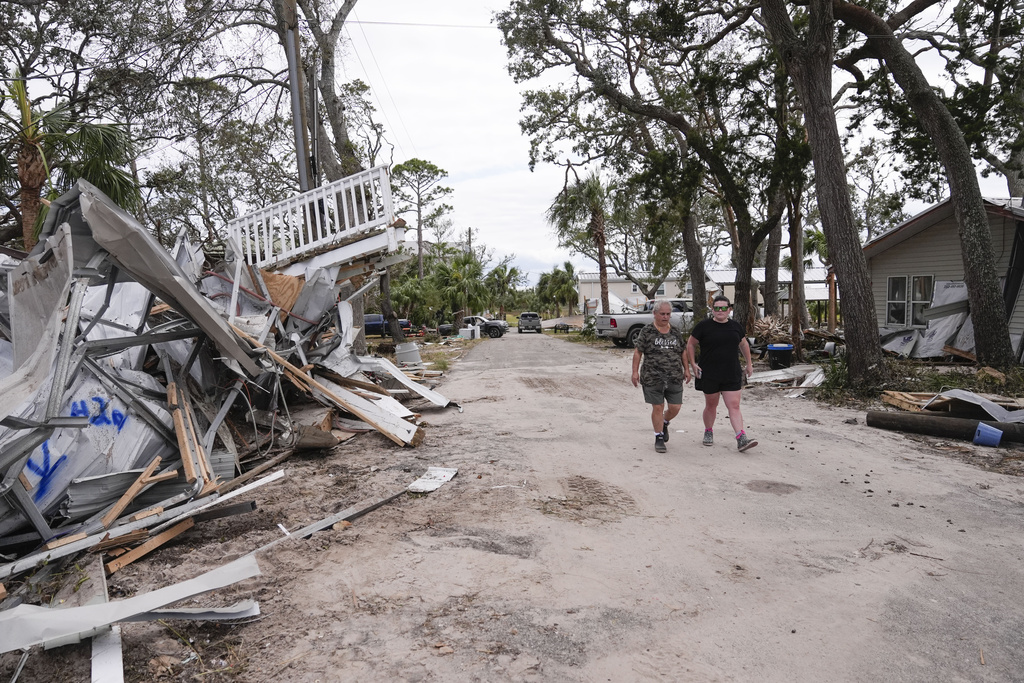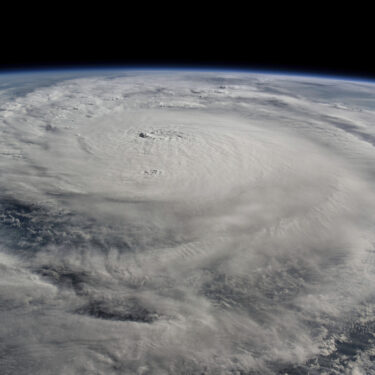The Associated Press has long been on the frontlines of hurricane coverage in the United States, delivering fast, reliable reporting in text, photo, video and live formats.
With an unrivaled 50-state footprint and specialized teams covering climate and the environment, federal policy, philanthropy and more, AP is uniquely positioned to cover every stage of a storm — from the earliest forecasts to long-term recovery efforts.
As the 2025 hurricane season kicks off, U.S. News Director Josh Hoffner explains how AP prepares for and executes hurricane coverage nationwide:
How is AP preparing for this year’s hurricane season?
We know forecasters expect a busy season with predictions calling for six to 10 hurricanes – and half of those reaching major status. Beyond that, we can only guess at where storms may hit so our planning and preparation must be widespread.
We start by doing a gear check so our journalists in the field have what they need to safely cover a hurricane. This includes the equipment for our photographers and video journalists plus ensuring that staff have go-bags ready far before a storm hits. We are increasingly finding new ways to equip our field staff with technological solutions to ensure they have the connectivity to file photos, video and text from the scene of disasters.

How does AP’s 50-state footprint shape the way that we cover hurricanes?
Our goal is to get boots on the ground as quickly as possible for major breaking news, so having journalists in all 50 states is key. Hurricanes can be unpredictable – and as we learned last year with Hurricane Helene, their impacts can reach far beyond coastal states. We approach major stories as a single U.S. News operation, with staffers pitching in from all over the country to help with coverage. Our 50-state footprint also gives us a unique ability to chronicle the lingering toll of the disaster long after the storm passes. We remain in those states and communities and cover storms’ impact for months and years in some cases.

Can you walk us through how AP coordinates hurricane coverage across multiple locations and reporting teams?
Our coverage plans begin long before the weather turns bad. We use forecasts and our local staff’s expertise to find the best –and safest—spots to position our journalists ahead of time. We make sure to get our people in place early so they are traveling in the safest possible conditions.
We look for creative ways to illustrate the story without putting our staff at risk – by offering a live shot through a hotel room window, for example, or doing phone or Zoom interviews with people who are hunkering down ahead of the storm.
Farther afield, we rely heavily on expertise and context from AP’s climate and environmental team, and reporters in Washington D.C. covering policy and the federal response to disasters. After a major storm, AP’s philanthropy team and statehouse reporters are essential in covering relief and rebuilding efforts.

What are we doing new or differently this year than past years?
We have found that readers and customers are drawn to in-depth, user-friendly explanatory journalism that delves deeply into science and unique phenomena behind individual storms. Those stories include focusing on the role of climate change in making storms more unpredictable and stronger. So, we will be doing more of that coverage this year. We continue to prioritize fast, accurate coverage with an emphasis on live video.
Anything else to add?
Hurricanes and extreme weather coverage grows in popularity every year with audiences, and to meet that demand, AP is devoting more staff and attention. Another major area of emphasis is chronicling the impact of federal cuts to agencies like FEMA, NOAA and the National Weather Service during hurricanes and extreme weather.
Follow AP’s hurricane coverage: https://apnews.com/hub/hurricanes




